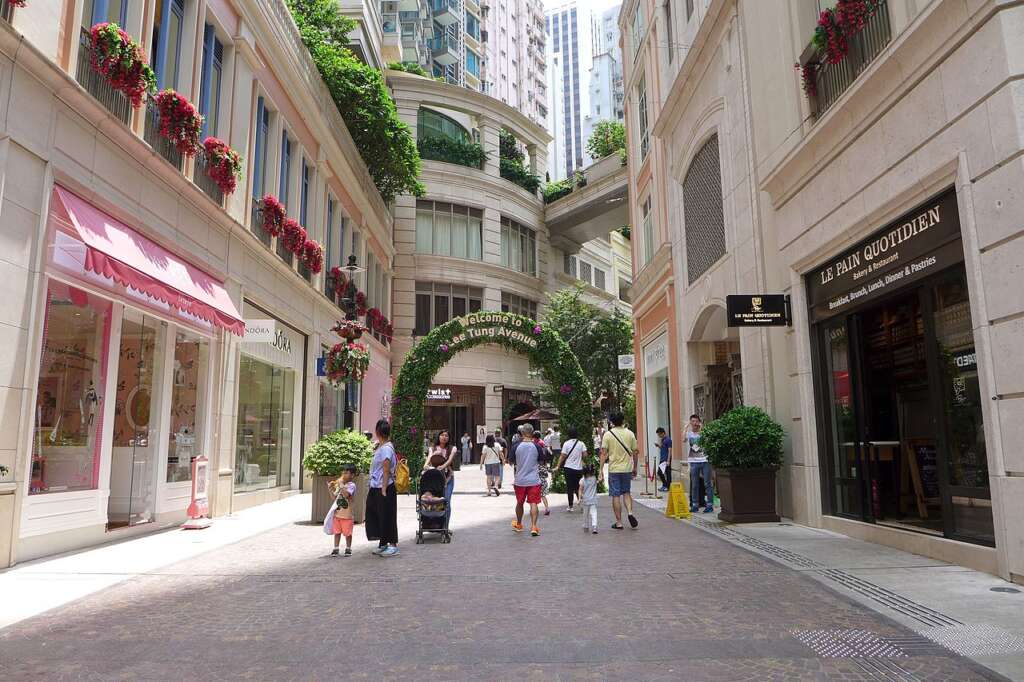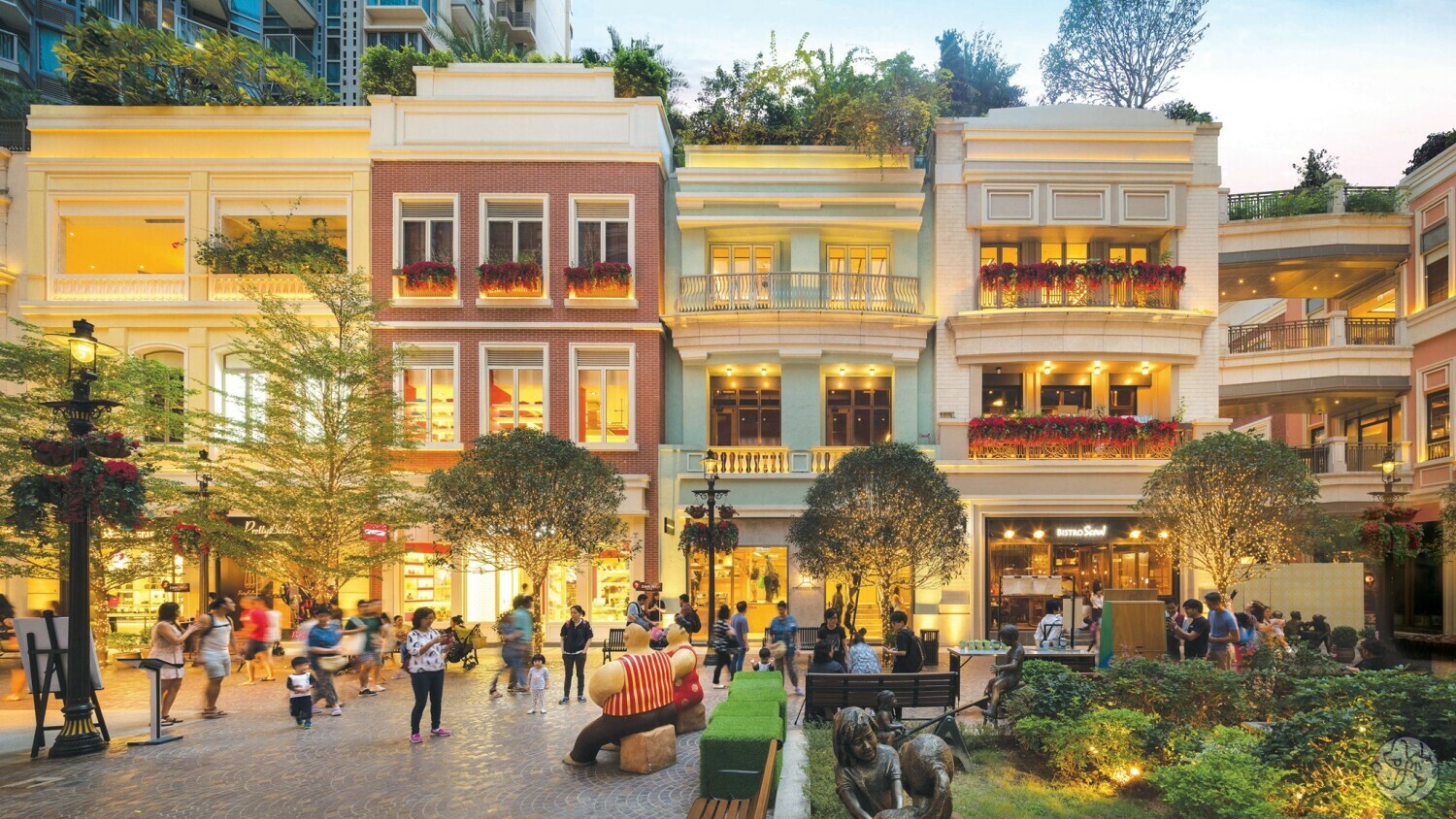MUCH OF THE WAN CHAI district of Hong Kong consists of small, packed streets and busy shops. But Lee Tung Avenue (利東街) is different. It is modern, gentrified area, with a wide pedestrian precinct, bordered by shops and cafes.
It was previously much like the other lanes in the area, and was known as Wedding Card Street (囍帖街), since many of the shops were printing houses which specialized in creating Chinese wedding invitation cards.
Today, the street has become a closely-bonded community hub of shopping, dining and entertainment after the government initiated redevelopment in the area in early 2000s. Although there were complaints about the loss of heritage when the renewal project got under way, a look at the district now shows that the work was done thoughtfully.
The buildings still have a classic, low-rise feel to them, and there is some real charm to the area.

And there are still a small number of stalls where couples can design and order wedding cards on the street. But shoppers can also chill out at sidewalk cafes, go shopping, or just take Instagram or Douyin style selfies of themselves in a visually pleasing environment.
REDEVELOPMENT OF WEDDING-THEMED STREET
It was in the 1980s that the street became known as a must-visit spot for couples to choose their wedding cards.

Under the Urban Renewal Authority’s redevelopment initiatives rolled out in 2004, some depilated residential buildings on the street were demolished. Three historic tenement buildings or tong lau (唐樓), which were built in the 1930s, have been preserved in the renewal.

The three pre-war residential blocks are Guangzhou-style tenement buildings – of which the ground floor was dedicated to business operations whereas the upper levels were for livings.

After the redevelopment in 2010s, local and international brands, restaurants, cafes moved in and revitalized the whole community.
OPULENT STALLS AND RESTAURANTS
And some big brands have moved in. There’s the high-end fashion brand Vivienne Tam, European premium gourmet shop Les Halles, and shops selling wine, ornaments and accessories, and flowers.

Famous cake shops, including Cocolo Tokyo Cake Factory, which is well-known for its Aomori Apple Pie (青森蘋果批), are also present in the area.

Restaurants offer a range of cuisines, such as Shanghai, Japanese, Thai and Western. There are also some well-designed bars, so you don’t need to shop — you can just hang out with family and friends.
FESTIVE CELEBRATION
Lee Tung Avenue has also become a popular destination for revellers during holidays, and particularly festival days such as Chinese New Year, Mid-Autumn Festival, Halloween and Christmas. The shops and restaurants put on events to cash in.

In the avenue’s signature celebration event in the Mid-Autumn Festival last month, thousands of revellers packed the photogenic spots on the street and captured snapshots of the dangling fish-shaped lanterns.
The event also highlighted a luminous LED dragon – which was handled by dozens of performers – to amaze spectators on the street.

All in all, it appears to be a successful revamp of an old area, and may prove an excellent model for other renewal projects.
Images are from Lee Tung Avenue Management Company.

